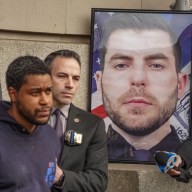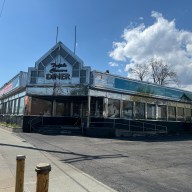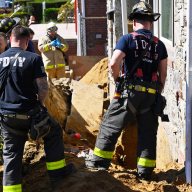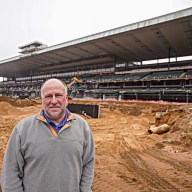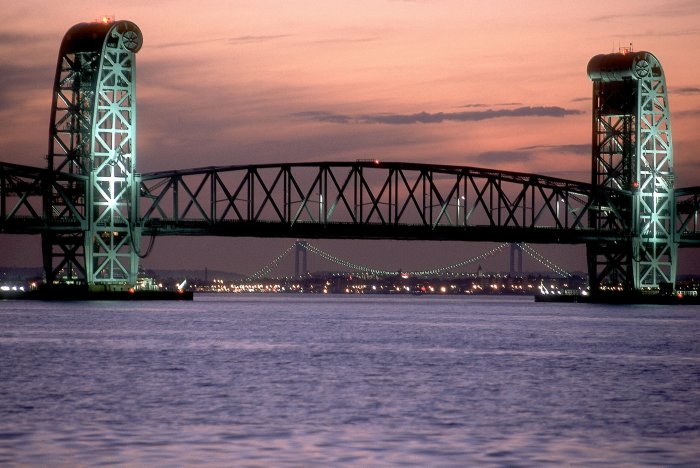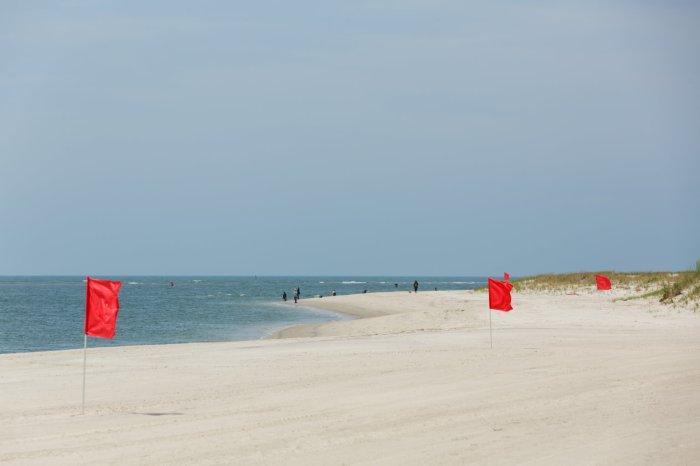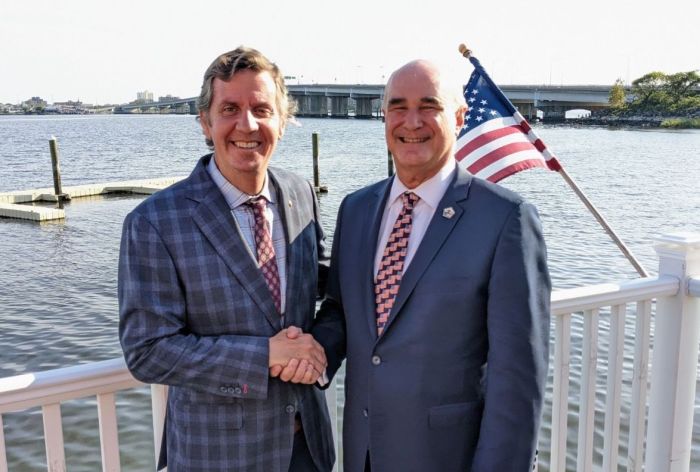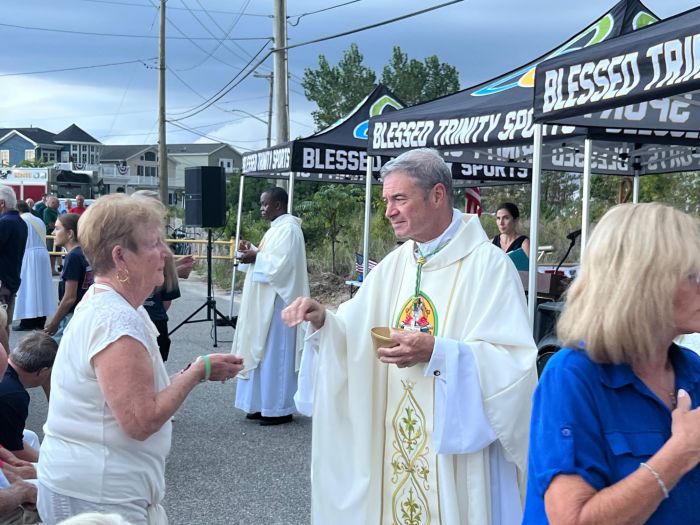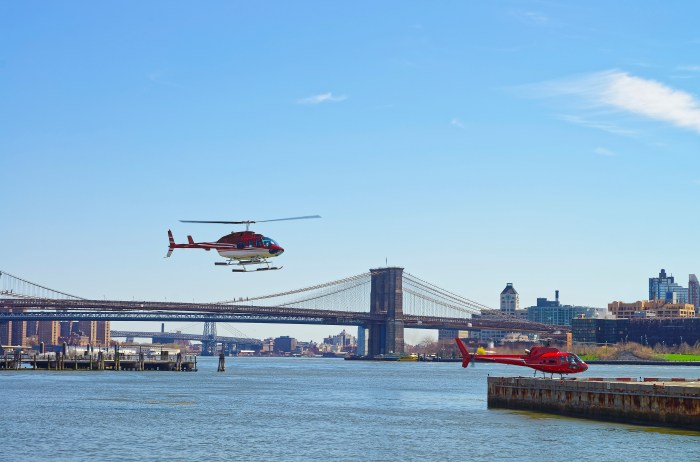By William Lewis
Here in New York and other areas, the election process took a heavy toll on the results. This year, more than in the past, the concept of early voting, absentee ballots, affidavit ballots and late registration played a major role in casting ballots.
Every 10 years in New York, election district lines are changed for the state Assembly and state Senate and Congress. Some registered voters, upon arriving at polling sites to vote, had to spend time finding the correct voting district.
We add to this the confusion caused by changing some polling sites due to the problems following Hurricane Sandy. The new voting methods seem to be going back to the era before voting machines came into place. The sweeping changes in how we vote does not necessarily mean an improvement in voting procedures.
This year in most places we had a heavy turnout of people voting, especially since a presidential race was involved. All of these elements led to long lines and more time in participating in the election.
As we look at a map of how voting trends developed throughout our country, it seems more than ever we were divided geographically by region into two voting blocks, with Democratic President Barack Obama sweeping the heavily populated, industrialized northeastern part of the United States. He also added the West Coast to his total, especially with California taking the lead in that area.
As for Republican presidential candidate Mitt Romney, he captured the southern and midwestern part of the country. In the case of the South, it was solid with every state favoring Romney except Florida.
Now with the national election over, the question remains: Can these two regions work together for the common good or will there be serious differences in the direction of government policy?
During the 1950s, it was considered by many that the two major political parties were similar in formulating national policy and dealing with political and social issues. Today, the two major parties have totally different views in how to best govern the country. That is expected to be a major concern during the next four years of Obama’s second term.
In the Republican Party, it seems it had a stronger candidate for president this year in Romney than four years ago, but circumstances weighed against him. He was facing an incumbent who is a powerful public speaker. Obama was able to put his opponent on the defensive as he ran a well-organized campaign.
Hurricane Sandy changed the focus of the campaign during the final week before Election Day. It helped to project Obama as an effective national leader. In the final week of the campaign, it was difficult to maintain attention on the issues with most of the media dealing with the hurricane and its aftermath. It was a hard-fought campaign with the future of our county at stake.
Obama, like Romney, had some difficult situations to deal with, such as his less-than-effective performance in the first debate, but he was able to make a strong comeback shortly after that.
Romney was not able to make such a speedy comeback, especially after making some verbal gaffes during speeches. Early voting should not be encouraged, since the circumstances may be different after early voting occurred and the person who voted early may want to change his or her vote.
In Queens, the all-important Senate race between incumbent Joseph Addabbo (D-Howard Beach) and City Councilman Eric Ulrich (R-Ozone Park) has ended with Addabbo the winner with 56 percent of the vote. Addabbo will be begin his third term in office in January.








